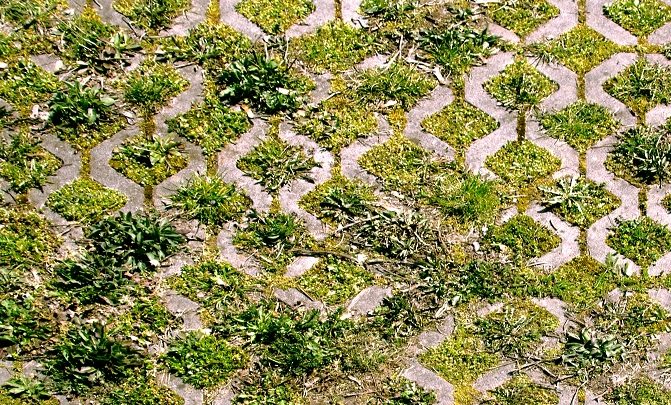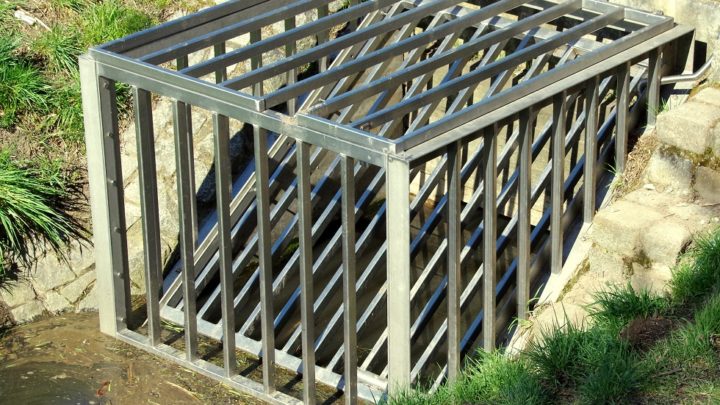Furrows
Furrows are shallow and wide ditches on arable land with mild slopes and a small longitudinal gradient. They allow interception, infiltration and alternatively drainage of surface runoff. They should be dimensioned properly for meeting functional requirements and require maintenance.







